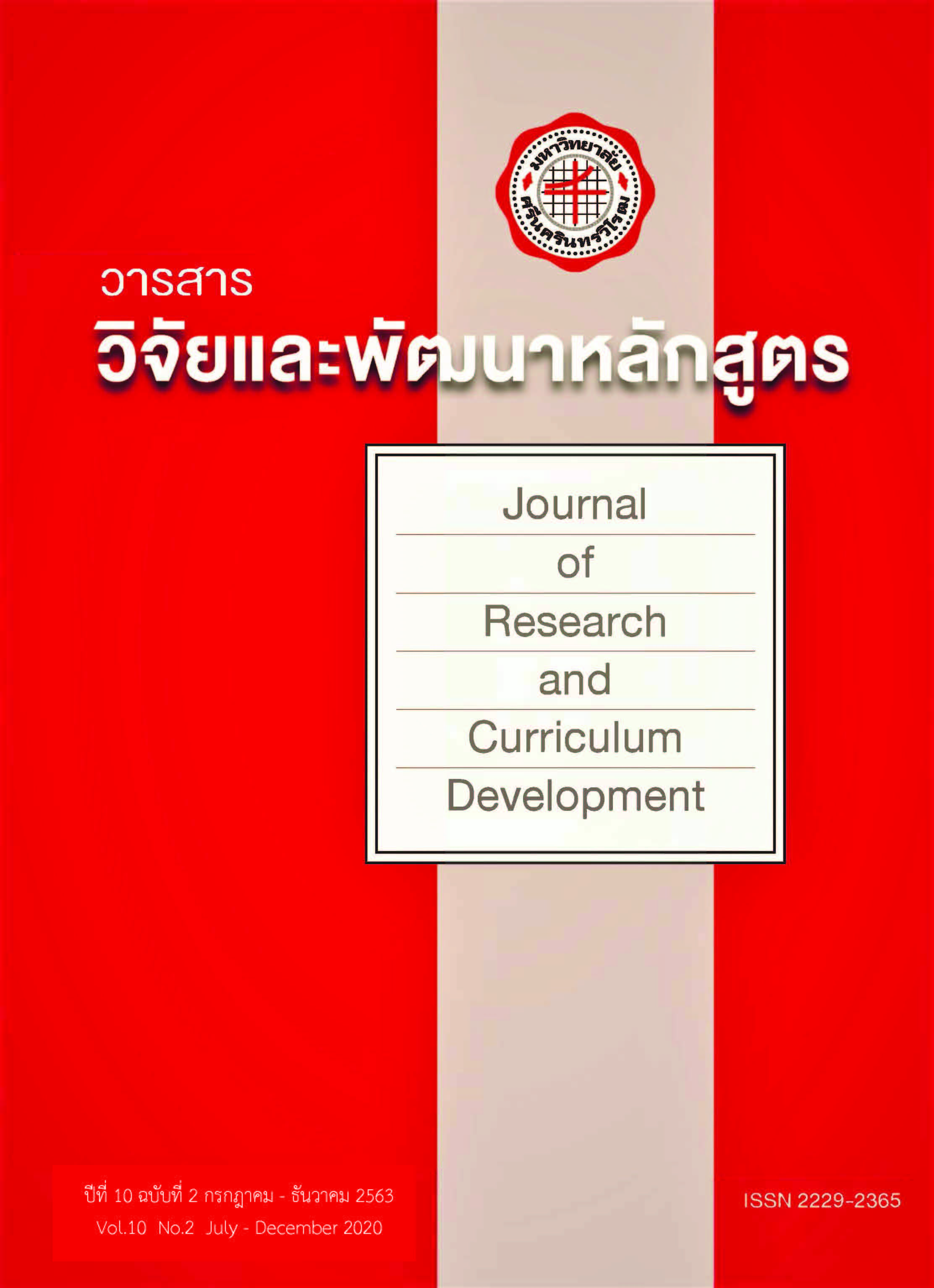การสอนภาษาอังกฤษและระบบเทคโนโลยีอินเทอร์เน็ตเพื่อการศึกษา
Keywords:
Internetization, Technology, English language teaching, Traditional pedagogy, Blended learningAbstract
At present, English is playing a major role in education. Formerly, English language teaching (ELT) was basically delivered through traditional classroom methods. Today’s English language classrooms; however, are evolving alongside advances in technology and the Internet to assist the students to learn effectively and endlessly with more exposure of hands-on activities, and a variety of online educational resources. More technological tools have been increasingly introduced and utilized to enhance language learning achievement. Thus, this paper aims to present more in-depth perspectives regarding modern technological tools for ELT; synchronous e-learning and asynchronous e-learning and propagate an effective alternative teaching and learning strategy which is called blended learning. At the end of this paper, the responses and perceptions concerning ELT pedagogy and technology obtained from the author’s discussion with the graduate students in Education are provided to shed some light on the blending of traditional pedagogy and technology use in ELT. The author expects that this paper may substantially contribute to more effective English language teaching and learning and yield well-timed progress and improvement in students’ English proficiency in Thailand and all around.
References
Lever-Duffy. J., & McDonald, J. B. (2009). Teaching and Learning with Technology 3rd edition. USA: Pearson Education, Inc.
Mofareh, A., A. (2019). The Use of Technology in English Language Teaching. Frontiers in Education Technology, (2(3), 168-180. Retrieved from http://www.scholink.org/ojs/index.php/fet
Pappamihiel, N. E., & Walser, T. M. (2009). English Language Learners and Complexity Theory: Why Current Accountability Systems Do Not Measure Up. Educational Forum, 73(2), 133-140.
Parvin, R., H., & Salam, S., F. (2015). The Effectiveness of Using Technology in English Language Classrooms in Government Primary Schools in Bangladesh. FIRE - Forum for International Research in Education, 2(1), 47-59. Retrieved from http://preserve.lehigh.edu/fire/ vol2/iss1/5.
Perveen, A. (2016). Synchronous and Asynchronous E-Language Learning: A Case Study of Virtual University of Pakistan. Open Praxis, 8(1) January–March 2016, 21-39.
Shahabadi, M., M. & Uplane, M. (2015). Synchronous and asynchronous e-learning styles and academic performance of e-learners. Procedia - Social and Behavioral Sciences, 176 ( 2015 ), 129 – 138
Simpson, C, L. (2013). A Comparative Study of Teachers’ Perceptions of Traditional Teaching and Teaching with Technology: Pre-Technology Era and Post-Technology Era (Doctoral dissertation). Alabama: The University of Alabama





